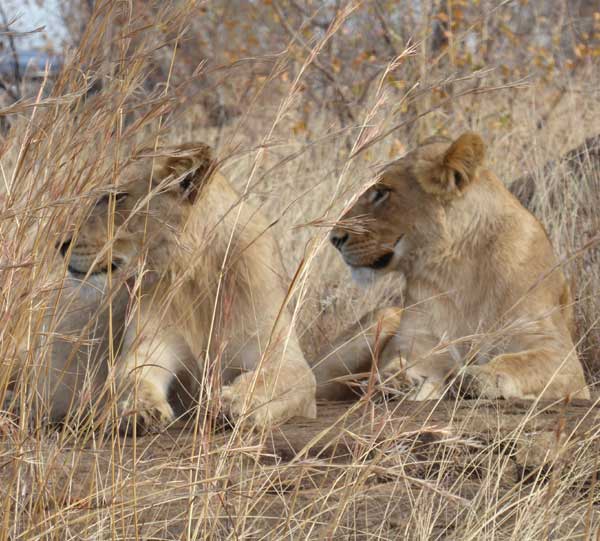South Africa
South Africa’s most visited destination isn’t really a wildlife destination – Cape Town – although I have to admit that cage diving among great white sharks in False Bay ranks high on the list of exciting experiences. It is Cape Town’s unique geography and important history, combined with a relaxed urban life style that draws many travelers. And there’s no better place to be introduced to the unique fynbos vegetation of the Cape Floral Kingdom than the Kirstenbosch Botanical Gardens.
But, in wildlife conservation travels, South Africa is most famous for Kruger – the region that includes the national park and the private reserves to its immediate west. The fences that used to separate the park from the private reserves have long since disappeared and the best game viewing is to be found in the private reserves. We know the region well and can help you decide which ones offer you the best balance of wildlife viewing and value.
Many of the private wildlife reserves of the Eastern Cape are located on reclaimed ranch land – lands that have been restored, allowing the area’s indigenous plants to return and creating exceptional wildlife habitats. Here, wildlife species have been reintroduced, once the land has recovered and wildlife conservation travel has replaced traditional farming and ranching.
And don’t forget about the Winelands and the Garden Route. South Africa’s wine growing region is home to world-class vineyards and Hermanus, on South Africa’s southern coast, is known as the whale watching capital of the world – a place where travelers can watch southern right whales from the shore or on board the small boats that fly the off-shore waters near the place two oceans come together.

